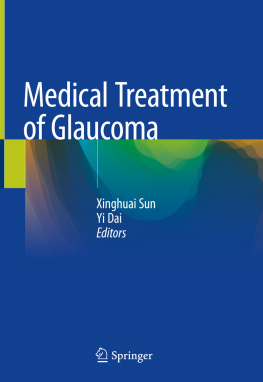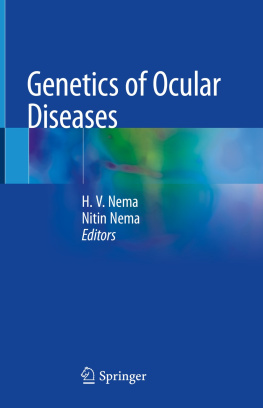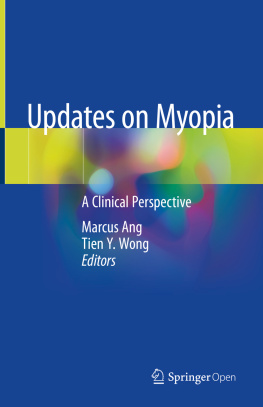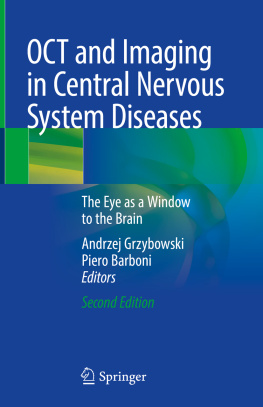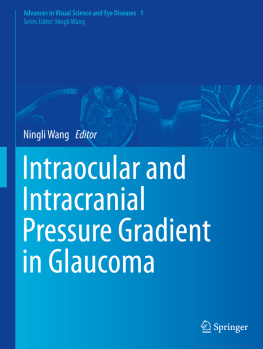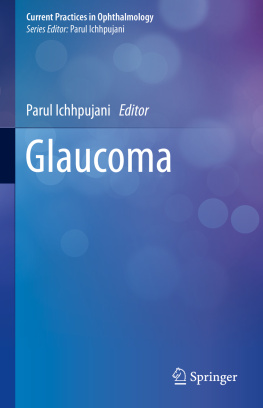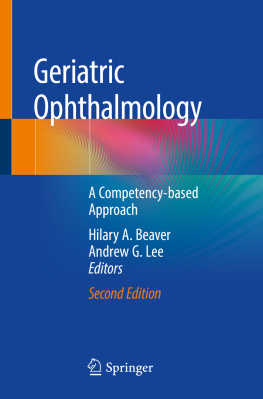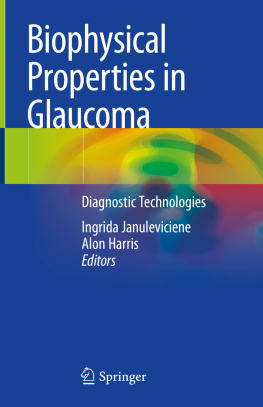Contents
Landmarks
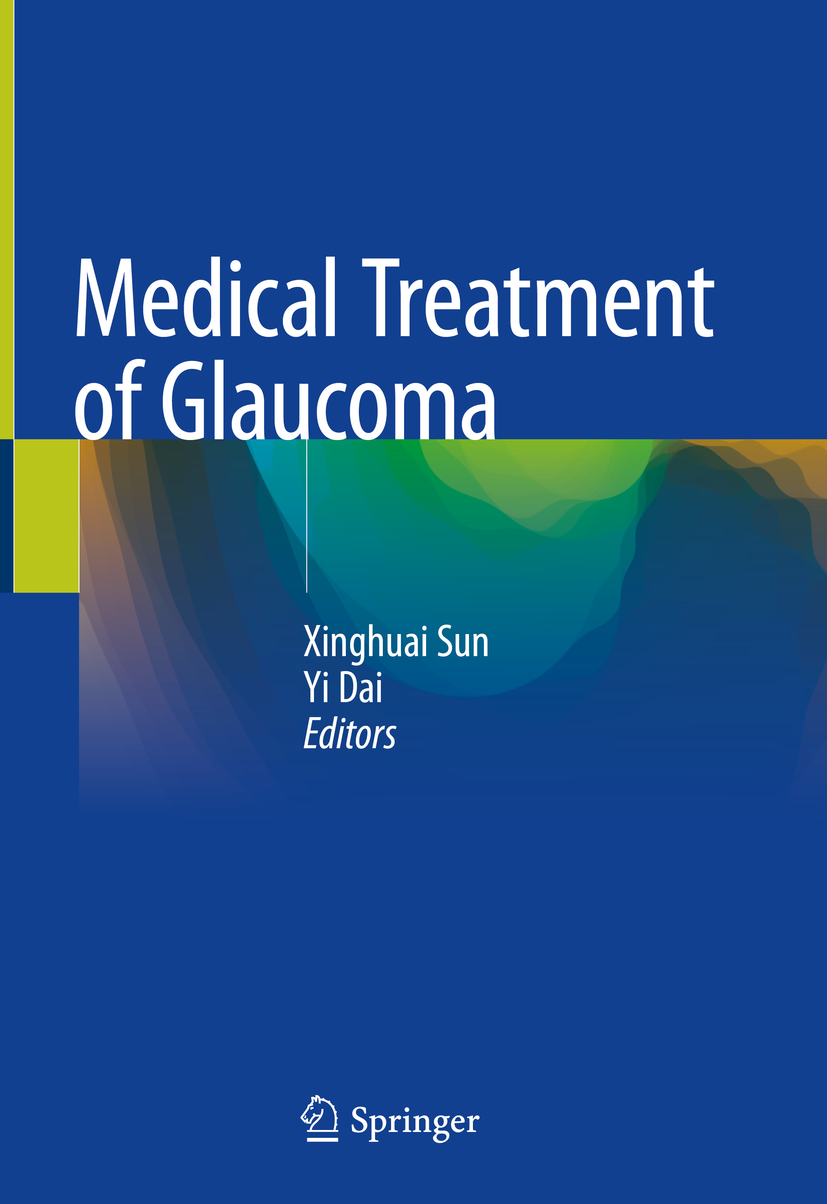
Editors
Xinghuai Sun and Yi Dai
Medical Treatment of Glaucoma
Editors
Xinghuai Sun
Eye & ENT Hospital, Shanghai Medical College of Fudan University, Shanghai, China
Yi Dai
Eye & ENT Hospital, Shanghai Medical College of Fudan University, Shanghai, China
ISBN 978-981-13-2732-2 e-ISBN 978-981-13-2733-9
https://doi.org/10.1007/978-981-13-2733-9
Springer Nature Singapore Pte Ltd. 2019
This work is subject to copyright. All rights are reserved by the Publisher, whether the whole or part of the material is concerned, specifically the rights of translation, reprinting, reuse of illustrations, recitation, broadcasting, reproduction on microfilms or in any other physical way, and transmission or information storage and retrieval, electronic adaptation, computer software, or by similar or dissimilar methodology now known or hereafter developed.
The use of general descriptive names, registered names, trademarks, service marks, etc. in this publication does not imply, even in the absence of a specific statement, that such names are exempt from the relevant protective laws and regulations and therefore free for general use.
The publisher, the authors, and the editors are safe to assume that the advice and information in this book are believed to be true and accurate at the date of publication. Neither the publisher nor the authors or the editors give a warranty, express or implied, with respect to the material contained herein or for any errors or omissions that may have been made. The publisher remains neutral with regard to jurisdictional claims in published maps and institutional affiliations.
This Springer imprint is published by the registered company Springer Nature Singapore Pte Ltd.
The registered company address is: 152 Beach Road, #21-01/04 Gateway East, Singapore 189721, Singapore
Preface
The management of glaucoma has been considerably improved in the last three decades. On the basis of deeper understanding about the cellular, molecular, and genetic levels associated ocular changes, a large number of medications have been developed for the treatment of glaucoma. A number of potential new agents and new methods addressing the underlying pathophysiology of the disease are promising and may develop new therapeutic targets for the treatment of glaucoma in the future.
All chapters in this book are contributed by experts in the medical therapy and basic research of glaucoma around the world. With the great appreciation for chapter authors hard work, it is our sincere hope that this book will provide a comprehensive introduction to various aspects of medications in glaucoma and generate a deep re-understanding on medical treatment of glaucoma in practice. We are looking forward to hearing from the readers, whose critical comments will be much appreciated.
Xinghuai Sun
Yi Dai
Shanghai, China Shanghai, China
Contents
Dao-Yi Yu , Stephen J. Cringle and William H. Morgan
William H. Morgan and Dao-Yi Yu
Xiangmei Kong and Xinghuai Sun
Yuhong Chen , Kuan Jiang , Gang Wei and Yi Dai
Anna C. Momont and Paul L. Kaufman
Junyi Chen and Xinghuai Sun
Jacky Man Kwong Kwong and Iok-Hou Pang
Xueli Chen and Yi Dai
Enping Chen , Behrad Samadi and Laurence Qurat
Xinghuai Sun and Yi Dai
Springer Nature Singapore Pte Ltd. 2019
Xinghuai Sun and Yi Dai (eds.) Medical Treatment of Glaucoma https://doi.org/10.1007/978-981-13-2733-9_1
1. Glaucoma Related Ocular Structure and Function
Dao-Yi Yu
(1)
Centre for Ophthalmology and Visual Science, The University of Western Australia, Nedlands, WA, Australia
(2)
Lions Eye Institute, The University of Western Australia, Nedlands, WA, Australia
Abstract
Glaucoma is an aetiologically complex disorder of optic neuropathies. Stressors related to age and intraocular pressure lead to progressive degeneration of the retinal ganglion cells. Clinically ophthalmic testing has been used to identify and quantify the functional and/or structural defects for diagnosis, assessing progression and therapeutic outcomes of glaucoma.
There are multiple ocular structures, which could involve the causes and consequences of glaucoma at the cellular, molecular and genetic levels associated with functional changes. In this chapter, we would like to describe some ocular structures and functions highly relevant to glaucoma.
No doubt, knowledge and information of retinal ganglion cells are critical for understanding glaucoma. The retinal ganglion cells are specialized projection neurons actively receiving visual signal through their dendrites and transmitting integrated visual information from the retina to the brain. Each subcellular component of the retinal ganglion cell is remarkably different in terms of structure, function and extracellular environment. Simplifying the retinal ganglion cells into a series of compartments, rather than attempting to understand it as a single, homogeneous structure, could be more useful for understanding pathogenic processes involved in optic neuropathies.
To understand the mechanisms of maintaining normal intraocular pressure and pathogenesis of elevated intraocular pressure, the only treatable risk factor, we need to understand aqueous humour formation, aqueous fluid dynamics and outflow pathways. This knowledge and information are fundamentally important for understanding the pathogenesis of glaucoma, particularly primary open angle glaucoma, and therapeutic interventions. The epithelium of the ciliary body, posterior surface of the iris and the lens play a role in aqueous humour production and/or barrier function. Endothelial cells line the inner surface of the cornea, trabecular meshwork, Schlemms canal, the collector channels and aqueous vein plexus, and the aqueous vein. This chapter provides updated information about the structure and function of the endothelium and epithelium.
Keywords
Glaucoma Optic nerve head Retinal ganglion cells Trabecular meshwork Aqueous humour
1.1 Introduction
Glaucoma covers a group of complex optic neuropathies characterized by a progressive loss of retinal ganglion cells (RGCs) and their axons, and associated alterations in the retinal nerve fibre layer (RNFL) and optic nerve head (ONH) with a concomitant loss of the visual field [].
In this chapter, we attempt to describe some major ocular structures and functions, which are highly related with glaucoma. We focus on two major issues relevant to the loss of retinal ganglion cells (RGCs) and elevated intraocular pressure (IOP).
Firstly, we would like to describe the aqueous humour fluid dynamics and key cells involved. Two critical cell types, the epithelium and the endothelium play important roles in aqueous humour circulation. To understand the mechanisms of maintaining normal intraocular pressure (IOP) and pathogenesis of elevated IOP, we need to better understand aqueous humour formation, aqueous fluid dynamics and outflow pathways. Aqueous humour is produced by the ciliary epithelium. There are abundant publications, which provide detailed information about aqueous formation. In this chapter, we would like to describe the endothelium and its role in aqueous humour circulation and the outflow pathway in detail.

